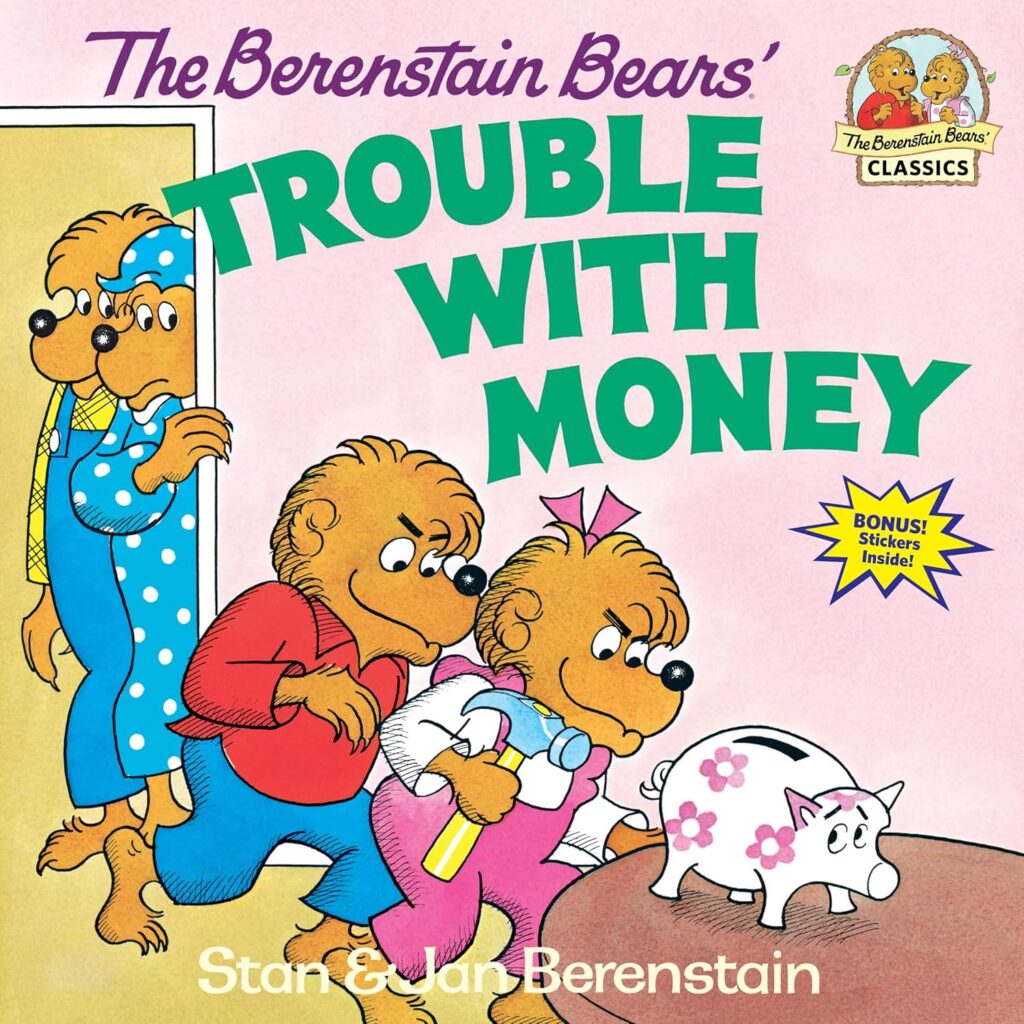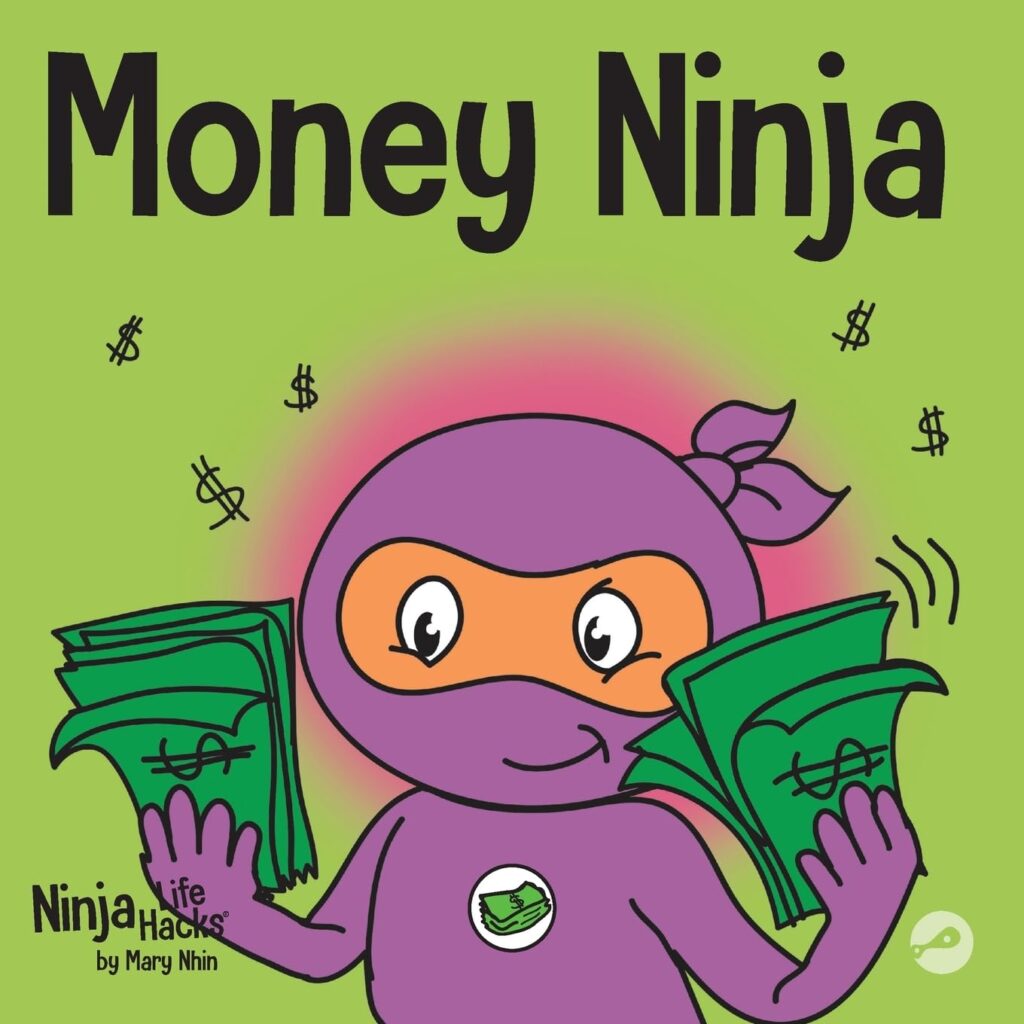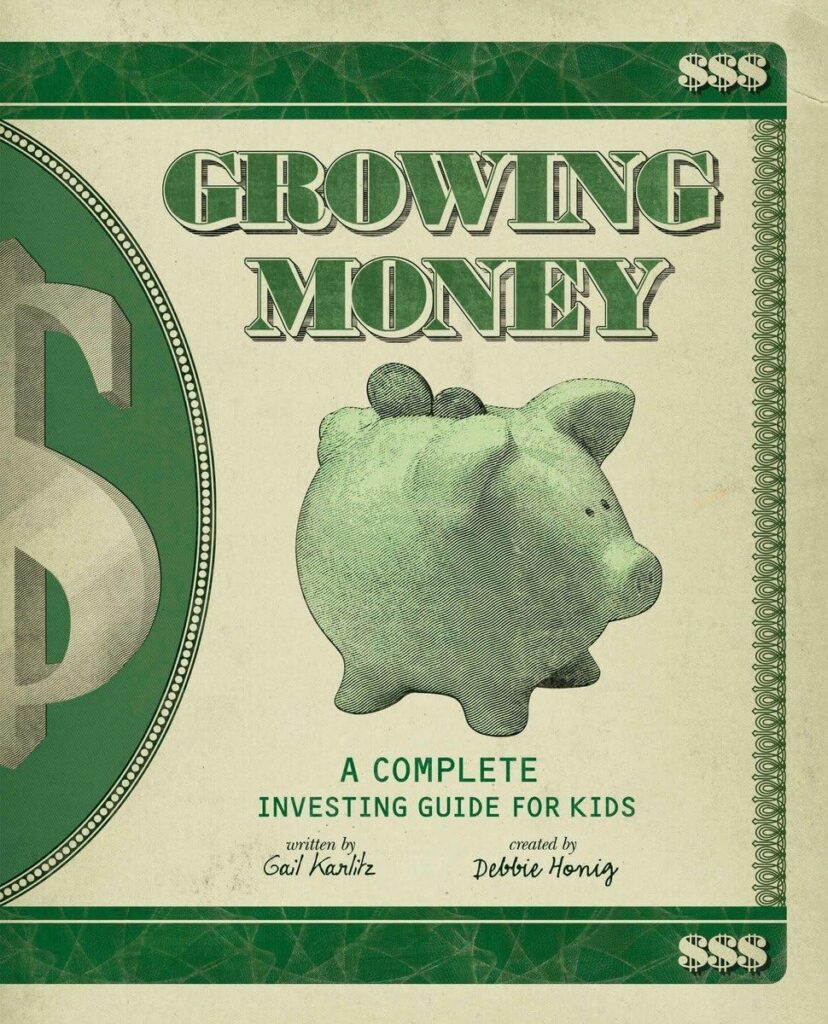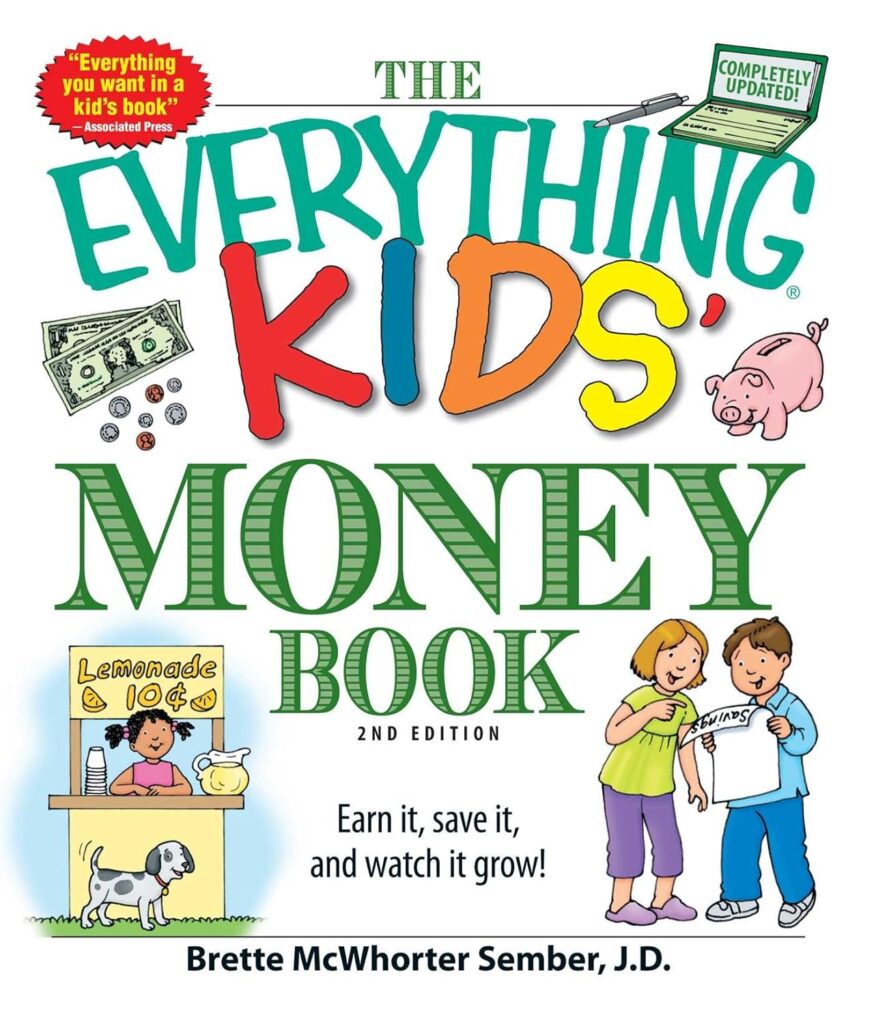Financial literacy for kids is more important than ever in today’s turbulent economic environment. Early financial education lays the groundwork for solid financial habits that will benefit children throughout their lives.
By introducing basic money management concepts early, parents and educators can help kids develop the skills they need to confidently navigate financial challenges down the line. Understanding the value of money, learning how to save and making informed spending decisions are essential lessons that contribute to children’s long-term financial well-being.
Parents and educators play a pivotal role in introducing financial education to children. By incorporating financial lessons into everyday activities and using practical examples, they can make learning about money fun and impactful. The benefits of early financial education extend far beyond childhood, helping build a foundation for responsible financial behavior that will serve them well into adulthood.
This practical guide will help you give your children the tools, habits and confidence necessary for a healthy financial future.
What Is Financial Literacy?
Financial literacy is understanding and effectively managing various aspects of personal finance. It includes understanding critical financial concepts like budgeting, saving, investing and managing debt. Put simply, being financially literate means having the skills and knowledge to make informed and effective decisions around money.
At its core, financial literacy encompasses planning for future financial needs. This includes setting financial goals, creating a budget, understanding how to save for short- and long-term objectives, and investing wisely. It also involves navigating the financial system, understanding how credit works and knowing the risks and benefits of different financial products.
It’s important to note that financial literacy isn’t just about managing money; it’s also about making informed decisions that align with your financial goals. It includes understanding how to build and maintain good credit, knowing the importance of insurance and being able to evaluate financial products and services critically. Financial literacy empowers us to take holistic control of our future and make decisions that lead to financial stability and security.
Teaching Kids Financial Literacy
Teaching kids financial literacy can be both practical and engaging. The key is starting with simple concepts and gradually introducing more complex ideas as children age. Here are six practical tips for parents and educators to help children develop financial literacy skills:
1. Set Up a Savings Account
One of the best ways to introduce children to saving is by setting up a savings account in their name. This allows them to see their money grow over time and understand the value of saving. Parents can encourage regular deposits, whether from allowances, gifts or earnings from small chores and explain the benefits of saving for future goals.
2. Use Everyday Activities to Teach Budgeting
Activities like shopping or planning a family outing provide excellent opportunities to teach children about budgeting and spending decisions. Parents can involve their children in creating a budget for grocery shopping or planning how to spend an allowance. These activities help them understand the importance of making thoughtful spending choices.
3. Introduce Simple Investment Concepts
As children grow older, parents can introduce basic investment concepts, such as the power of compound interest and dollar cost averaging. This can be done through simple explanations or online tools and apps that simulate investment scenarios. Encouraging children to set aside a portion of their savings for long-term wealth can help them understand the value of investing.
4. Encourage Entrepreneurial Activities
Entrepreneurial activities like setting up a lemonade stand, selling handmade crafts or doing small chores for money can teach children valuable lessons about earning and managing money. These activities provide hands-on experience with budgeting, saving and reinvesting profits, helping kids develop a sense of financial responsibility.
5. Use Technology and Apps
Numerous apps and online platforms are designed to make learning about money fun and interactive for kids. These tools often use games, quizzes and challenges to teach financial concepts. Parents and educators can explore these resources to find age-appropriate options that suit their children’s interests and learning styles.
6. Keep It Age-Appropriate
Tailoring financial literacy lessons to a child’s age and understanding is essential. Younger children may benefit from simple activities like saving coins in a piggy bank or choosing different ways to spend their allowance. On the other hand, teens might be ready for more complex topics, like credit, loans and investing basics. You can gradually increase the complexity of these lessons to ensure that children build on their knowledge as they mature. In addition, regular family money talks will prepare your child for a lifetime of financial savviness.
Financial Literacy Programs and Resources
Several financial literacy programs and resources are available to support financial literacy for students. One such program is the EVERFI financial literacy curriculum, which offers comprehensive lessons on essential financial topics. EVERFI provides interactive online courses that cover everything from budgeting and saving to understanding credit and managing debt. These courses are designed to engage students and provide them with the skills they need to make informed financial decisions.
Besides EVERFI, there are many other programs out there covering financial literacy for high school students. Online resources and courses also allow students to enhance their financial knowledge at their own pace. Websites like Khan Academy and Coursera offer free personal finance courses on budgeting, investing and financial planning. These resources allow students to explore financial concepts in depth and develop a strong foundation in financial literacy.
Overcoming Financial Illiteracy
Financial illiteracy, or the lack of understanding of basic financial concepts, is a significant issue that can negatively impact individuals and society. Financially illiterate individuals may accumulate debt, make poor financial decisions and need help managing their money, which can affect their quality of life. Over time, financial illiteracy can lead to increased economic inequality and reduced financial stability.
Education must be started early and continued throughout life to combat financial illiteracy. Parents and educators play a vital role in introducing financial literacy concepts to children and reinforcing these lessons as they grow. Schools can incorporate financial education into their classes, ensuring all students receive the knowledge they need to manage their finances effectively.
Continuous education is also critical for adults, who may need to update their financial knowledge as their circumstances change. Resources such as online courses, financial planning workshops and financial literacy programs for adults can help individuals stay informed about financial matters and make sound financial decisions.
Recommended Books on Financial Knowledge for Kids
There are many books on financial knowledge for kids. They can be excellent resources for teaching kids about financial literacy and introducing complex concepts in ways that are easy for children to understand and relate to. By reading and discussing them, parents and educators can help children develop a strong understanding of financial concepts and encourage them to practice good money habits.
Here are five popular books you can use to teach financial literacy to kids:
1. The Berenstain Bears’ Trouble with Money

by Stan and Jan Berenstain
Best for ages: 4-8
This classic children’s book introduces young readers to earning, saving and spending. It’s a great starting point for parents who want to teach their kids about money management in a fun and engaging way.
2. Money Ninja

by Mary Nhin
Best for ages: 6-12
This book is part of the Ninja Life Hacks series and teaches kids the importance of earning, saving and making wise spending decisions. It’s designed to be educational and entertaining, making it a hit for young readers.
3. Growing Money: A Complete Investing Guide for Kids

by Gail Karlitz and Debbie Honig
Best for ages: 8-12
Growing Money: A Complete Investing Guide for Kids introduces more complex financial concepts such as investing, interest and the stock market. It breaks down these topics using accessible, easy-to-understand language for kids ready to learn about growing their money over time.
4. The Everything Kids’ Money Book

by Brette Sember
Best for ages: 9-12
This comprehensive guide covers various financial topics, including budgeting, saving, understanding credit and making intelligent financial decisions. It’s an excellent resource for older kids who want to deepen their understanding of money management.
5. A Smart Girl’s Guide: Money: How to Make It, Save It, and Spend It

by Nancy Holyoke
Best for ages: 8-12
Published by American Girl, this book is tailored specifically for girls and covers money basics like how to save, spend wisely and plan for future financial goals. It’s written in a relatable, engaging style that resonates with its target audience.
Bottom Line
Financial literacy is a crucial skill that should be nurtured from a young age. Parents and educators can equip children with the knowledge and skills to navigate the financial world confidently by teaching them about money management, saving, budgeting and investing. Early financial education fosters responsible financial behavior, helps children avoid common financial pitfalls and prepares them for financial independence and stability.
With a wealth of resources available—from books and apps to financial literacy programs and online courses—there are countless ways to support children’s financial learning. By incorporating these resources into everyday life and prioritizing financial education, we can ensure that children become financially literate adults prepared to achieve their financial goals.
Photo courtesy PIMNADA/Shutterstock.com




